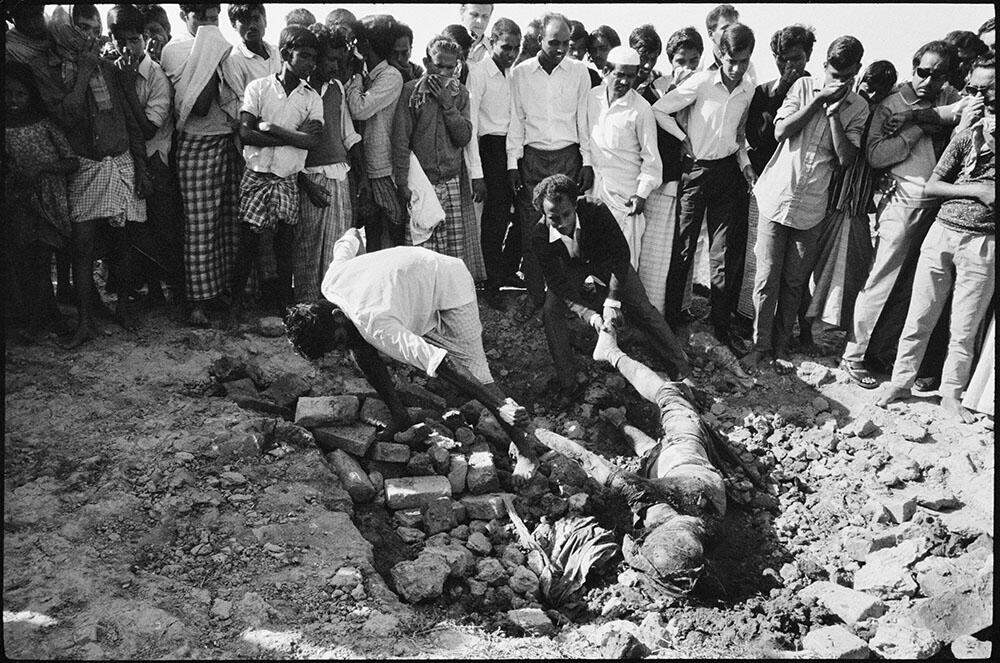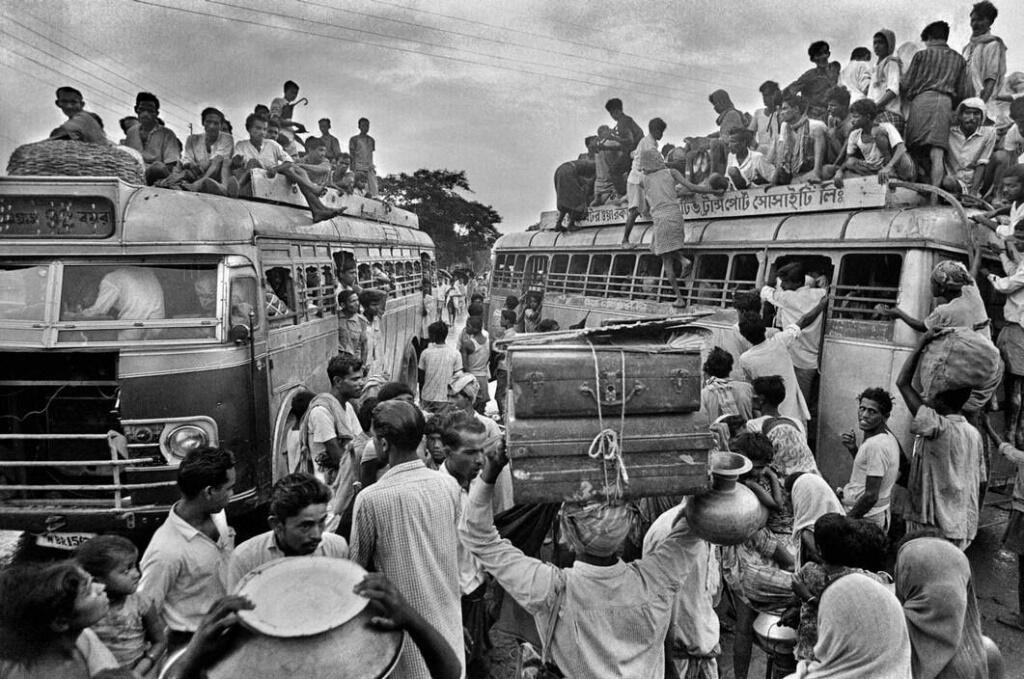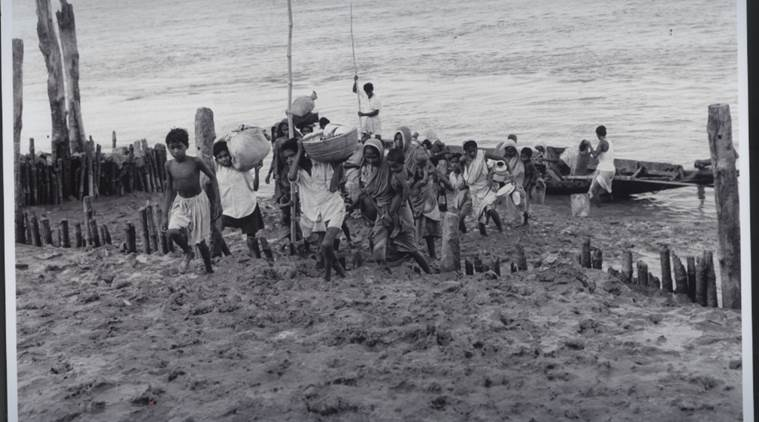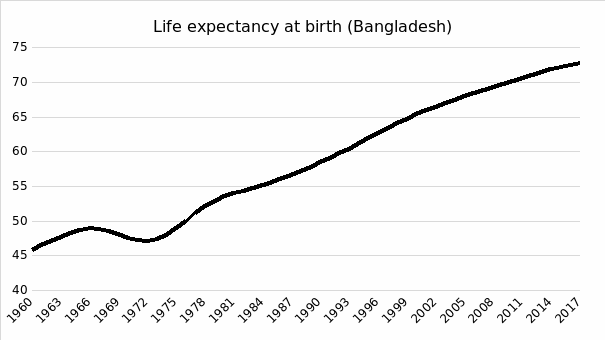Introduction
Indigenous peoples, also called aborigines, are the native inhabitants of any region, unlike the newcomers who arrived later. According to United Nations’ (UN) estimations, there are 370 million people who represent the indigenous population living in more than 70 countries of the globe (UN, 2019). They retain a rich diversity of cultures, religions, traditions, languages, and history, while often remaining among the most marginalized groups in the world. Indigenous peoples stay on the very fringes of society: they are poorer, less educated, die at a younger age, they are more likely to commit suicide, and their overall health conditions are worse than of the rest of the population (Greenwood, De Leeuw, Lindsay & Reading, 2015). Often, the underlying cause of poor health among the natives is open or implicit discrimination, which violates one of the most basic human rights.
Most indigenous communities have a negative experience of colonization and oppression by the state and the dominant social society. The long history of existence in conditions of political, economic, social, and cultural disturbance has caused severe damage to the health of indigenous peoples (Fabrigas & Maniago, 2018). Sometimes even political and social conflicts abroad can negatively impact the internal native population. The Bangladesh Liberation War in 1971 forced millions of Bangladeshis to seek refuge in India (Van Schendel, 2016). Thousands, however, fled to Australia, including my family, thus indirectly influencing the lives of the indigenous Australian inhabitants. Our life opportunities were shaped too, as the war destroyed many life-sustaining facilities and displaced enormous numbers of people.
Impact of Historical Events on My Family’s Opportunities
Because wars and international political conflicts affect both the natives and newcomers, I want to emphasize a story of Bangladesh Liberation War, which caused great devastation to my family and relatives. Millions of Hindus sought refuge in India, but even more lost their homes and had nowhere to go (Van Schendel, 2016). There was no country of Bangladesh at that time, and we were all part of one state of Pakistan. Bengalis mainly inhabited East Pakistan, and many demanded independence. West Pakistan, which was economically more developed, began the war in order to suppress the movements. Our family first moved to the eastern capital, Dhaka, but later were forced to leave the country to settle in Australia.
Start of War

The war took place in 1971 after the army of West Pakistan launched the Operation Searchlight in East Pakistan. The purpose of this operation was the physical destruction of Bengal civilians, students, and military personnel, who were demanding the separation of East Pakistan and the formation of an independent state on its territory (Van Schendel, 2016). During this punitive mission, about 10 thousand Bengal militias were killed, later the Pakistani military killed hundreds of thousands of civilians (Van Schendel, 2016). Many villages and towns were destroyed, displacing millions of people (Van Schendel, 2016). Jobs were scarce, and there were not enough resources and people to provide medical services, thus depriving the people of elementary needs.
Our family owned a farming business and lived in a rural area. We were not wealthy enough to provide ourselves with a comfortable journey to another country to circumvent the war, so we had to stay and try to withstand the distress. Some of our family members, however, were forced to go to the war, and with less human resources, the business eventually failed. We faced a financial crisis and could not afford many necessary things. Fever, gangrene, and other infectious diseases became commonplace as people were deprived of access to medical facilities and even medical supplies.
World Health Organization (WHO) has a list of factors that serve as the determinants of health. Among these are income and social status, education, physical environment, social support networks, and access to health services (WHO, 2019). During the war in 1971, civilians were deprived of all of these. Because of unemployment, the financial situation in the country was not stable. Educational institutions had to close for the time of war, and some were destroyed entirely. The physical environment was severely damaged because of continuous armed conflicts and access to health services was limited due to both financial reasons and the lack of operating facilities.
Travel to Dhaka
After news of one of our family member’s death, there was nothing to stay for in the village. The family had to leave everything behind and travel to Dhaka, the largest city in East Pakistan, in search for better opportunities. In the winter of the same year, Bangladesh earned its independence, and everyone started hoping for stabilization. Internal political disputes, however, posed a hindrance to improvements. Shortage of financial resources and materials impacted all sectors of society, including health care.

Immigration to Australia

Few years after moving to Dhaka, our family decided to immigrate to Australia because it was promising in terms of financial security and life opportunities. Australia had better infrastructure than Bangladesh and more educational institutions. There was also better access to health services, and my family was hoping to use those services. My relatives and family were among thousands of Bangladeshi to flee the country to escape depression and distress. While the majority of Australians enjoyed the benefits of living in this country, my family faced the same challenges suffered by aborigines. Discrimination, prejudice, and injustice were prevalent in the lives of indigenous communities. Cultural differences made it hard for our family to assimilate into society. These issues in aggregate caused disorientation, and my family members had difficulties when seeking medical assistance.
Factors Affecting Indigenous Australians
Many factors have a direct or implicit influence on the physical and emotional well-being of indigenous peoples. The most common is historical trauma, which remains relevant today. The colonization policies of newcomers in the territories of the modern United States of America, Canada, Latin America, and Australia undermined and almost destroyed the original culture and identity of the natives (Bourassa, 2018). The successive governments sought to assimilate the aboriginal people into their society (Bourassa, 2018). They destroyed their traditional way of life, culture, and language, imposing different customs and religion on them. For many centuries, indigenous peoples in colonial countries experienced various humiliations, violence, hunger, and sometimes mass genocide and extermination. The consequences are preserved today in the form of an unfavorable social and economic situation, intolerance and discrimination, cultural erosion, and health problems.
There is a similarity between historical trauma and what my family experienced during the Liberation War. Violence was prevalent in both cases, and it has a significant impact on health as it can directly lead to death. Also, wars and violent acts cause civilians to flee to more peaceful but remote regions. The same happened during the war as millions of people left their homes to seek refuge in India and other countries. Indigenous peoples were forced to move their settlements to other areas, particularly to the northern regions of Australia. Displacement has health implications because the climate and environment affect well-being. The ones who stayed had the same struggles as our family when they immigrated to Australia. They had to adjust to the culture of newcomers and learn their language. Difficulties during assimilation may cause psychological problems and culture shock.
A common and distinctive feature of indigenous peoples is the harmonious coexistence with the environment, the presence of high moral and ethical standards in the relationship of men with nature. Violation of this bond leads to irreversible consequences, specifically to the degradation of well-being (Greenwood et al., 2015). Access to clean water, for instance, is a principal determinant of health not only for natives but also for members of contemporary society (Greenwood et al., 2015). Intense urbanization poses a hindrance for aborigines as they may be forced to move to places where clean water is in shortage. Not only urbanization, however, could remove access to drinking water sources. During the war in my country, many cities and towns were left without safe water. This may have worsened the health conditions of many people.

My assumption can be supported by the data from the World Bank (WB). WB states that the life expectancy in Bangladesh experienced a sharp decline during the war years (2019). In Australia, mortality rates among the indigenous population are still steadily rising (Australian Institute of Health and Welfare, 2019). The primary cause is related to psychological issues which may be due to historical trauma (Australian Institute of Health and Welfare, 2019). Special programs for aiding the indigenous communities must be developed to remedy the issues.
Impact of Contemporary Society on Australian Aborigines
Most of the indigenous population of Australia currently lives in large and small cities of the country. But part of the community, however, historically resides in sparsely populated areas in the north of the country. Therefore, those living in cities have equal access to medical care, and those living in the northern territories are much less provided with health services. Alcoholism was the most dominant impact of contemporary society on the natives. Among the social problems of the indigenous peoples that have a direct effect on the health state, there is a high level of violence, abuse of children and women, dependence on surfactants, and a high level of injuries due to alcohol abuse (Azzopardi et al., 2018). These issues, however, are only a part of what was experienced during and after colonization.
The destruction of the traditional way of life, the relocation to the reservations, the emergence of new previously unknown diseases are leading to high indigenous mortality. Marginalization and poverty are causing psychological stress and despair among the aborigines (Thompson, Talley & Kong, 2017). Ongoing discrimination, a high number of stress factors, and low socioeconomic status create the prerequisites for the deterioration of mental health and suicidal behavior.
Historical documents and medical records indicate that mental health problems among indigenous peoples were quite rare before European colonization began. This is due to substantial protective factors that were present in the traditional culture of indigenous populations (Nelson & Wilson, 2017). Collectivism, proper nutrition, a clear division of social roles, and a conventional education system provided care and attention for the younger generation from close relatives and other members of the community, which led to the formation of a sense of security and self-sufficiency in children. After colonization, however, psychological issues started to be commonplace.
Social, demographic, and economic factors also have a significant impact on the health of aborigines. In Australia, for instance, many indigenous communities live in remote locations (Thompson et al., 2017). Their children do not have access to proper education, which later leads to unemployment and an inability to pay for health care (Thompson et al., 2017). Access to medical facilities is also made difficult by the area of residence.
Health Issues of Indigenous Australians in the 21st Century
Alcoholism stays as the biggest threat to the health of the aboriginal population of Australia in the 21st century. Alcohol is an addictive psychoactive substance and has been widely used in many cultures for centuries. A study of the prevalence of alcoholism among different ethnic groups in Australia showed that the natives have more problems with alcohol than the non-indigenous population and other ethnic groups (Whitty & Clifford, 2017). An analysis of the causes of alcoholism has confirmed the high prevalence of child abuse (Whitty & Clifford, 2017). Other health issues may arise from this problem, such as mental disturbances and somatic disorders.
Among indigenous youth, the problem of drug addiction and substance abuse is particularly acute. Young people are more prone to such cravings, they start consuming at an earlier age, and in large quantities, they use several toxic substances, and they are more likely to become addicted (Thompson et al., 2017). Most adolescents who have problems with alcohol and drugs are diagnosed with accompanying mental issues: most often, these are behavioral disorders (Schultz, Quinn, Wilson, Abbott & Cairney, 2019). There may be other related health issues, but documenting requires further research.
Conclusion
In recent years, there has been significant interest in studying the effects of historical trauma on the modern generation of indigenous peoples living in Australia. Although there is a transmission of the impact of historical trauma through generations, it remains unclear how many ages forward its negative influence can extend. Its outcomes can be summarized as complicated grief, as there are many problems which have its origins in colonization and cultural erosion. The same is true for wars, as they may lay foundation for long-term destabilizations. Our family members found themselves confined by the destructive actions of West Pakistan. Like Australian aborigines, my family was deprived of peace and access to necessary facilities. Cultural erosion happened when the family traveled to foreign places in search of means of subsistence but faced discrimination and prejudice.
References
Australian Institute of Health and Welfare. (2019). Indigenous Australians overview. Web.
Azzopardi, P. S., Sawyer, S. M., Carlin, J. B., Degenhardt, L., Brown, N., Brown, A. D., & Patton, G. C. (2018). Health and wellbeing of Indigenous adolescents in Australia: A systematic synthesis of population data. The Lancet, 391(10122), 766-782.
Bourassa, C. (2018). End-of-life healthcare experiences of indigenous people and ethnic minorities: The example of Canada. In R.D. MacLeod & L. Van den Block (Eds.), Textbook of palliative care (pp. 1-13), Frankfurt, Germany: Springer
Fabrigas, Y. C., Maniago, J. D. (2018). Ayta’s indigenous healthcare practices: A descriptive-qualitative study. European Scientific Journal, 14(3), 408-426.
Greenwood, M., De Leeuw, S., Lindsay, N. M., & Reading, C. (Eds.). (2015). Determinants of indigenous peoples’ health. Toronto, Canada: Canadian Scholars’ Press.
Nelson, S. E., & Wilson, K. (2017). The mental health of Indigenous peoples in Canada: A critical review of research. Social Science & Medicine, 176, 93-112.
Schultz, R., Quinn, S., Wilson, B., Abbott, T., & Cairney, S. (2019). Structural modelling of wellbeing for Indigenous Australians: importance of mental health. BMC Health Services Research, 19(1), 488.
The World Bank. (2019).Bangladesh. Web.
Thompson, G., Talley, N. J., & Kong, K. M. (2017). The health of Indigenous Australians. The Medical Journal of Australia, 207(1), 19-20.
United Nations. (2019). UNPFII For Indigenous Peoples. Web.
Van Schendel, W. (2016). A War within a war: Mizo rebels and the Bangladesh liberation struggle. Modern Asian Studies, 50(1), 75-117.
Whitty, M., & Clifford, A. (2017). The dissemination of alcohol interventions for Indigenous Australians: A mixed studies review using narrative synthesis. Journal Alcoholism and Drug Dependence, 5(276), 1-11.
World Health Organization. (2019). The determinants of health. Web.